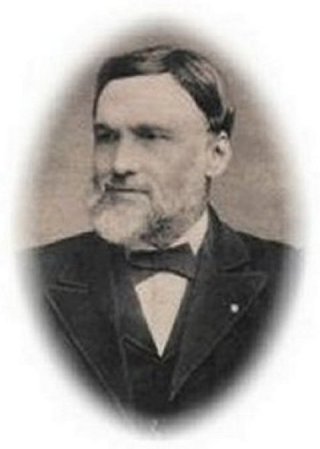William Quarrier Biography
 |
William Quarrier, the second of three children, was born on September 29,
1829 in the village of Greenock on the Firth of Clyde, some 23 miles west of Glasgow.
Five years later, after the death of his father to cholera, his destitute mother relocated the
family to Glasgow to, hopefully, be able to better provide for them. Their home in Glasgow was in
a close off High Street.
At the age of seven, William went to work in a factory on Graeme St. Here he worked six days a
week for ten to twelve hours a day fixing ornamental head tops onto pins. And for these long days
of tedious labour he earned the grand sum of one shilling per week!
When he was eight, William's mother, Annie, had him apprenticed to a shoemaker in High Street.
When this business went bankrupt, another situation was found for him in Paisley, some thirteen
miles away.
William became a journeyman shoemaker at the age of twelve. In the next four years he worked in
various boot and shoe shops perfecting his trade until he found a situation with a Mrs. Hunter
who owned premises on Argyle Street.
At the age of seventeen, William first declared his Christian faith. A faith that would sustain
him for the rest of his days.
In 1856, William Quarrier married Isabella Hunter, daughter of his former employer Mrs.
Hunter.
The event that would change his life took place on a cold November night in 1864. William
Quarrier was on his way home from work when he happened on a small boy. He was a young
match-seller who had just had his stock and night's earnings stolen by an older boy. William
Quarrier comforted the boy and gave him enough money to replenish his supply, but was unable to
put the incident out of his mind.
|
 |
On December 2, 1864, William Quarrier began the work that would lead to the shoe-black brigade.
The boys were issued shoe shine kits and uniforms, the funding of which had to be repaid. They
would work during the day, attend reading and writing classes in the evening and Sabbath School
each week.
William Quarrier met Annie MacPherson late in the 1860's and was extremely impressed with both
her and her work. He was particularly interested in her Canadian emigration scheme. Annie
MacPherson convinced William Quarrier to put his plans for a children's Home into action.
November 18, 1871, the first boy stepped over the threshold of the Renfrew Lane Home. One year
later this home was abandoned and the children were transferred to the Cessnock Home or the
Renfield Street Home.
April 26, 1876 Nittingshill farm, near Bridge of Weir, was auctioned and William Quarrier won the
bidding war, paying £3560 for the land. This was the beginning of the Village that years later
would carry the name of it's founder.
William Quarrier never advertised for funding. He believed that God would provide. Only a simple
statement of needs in the annual Narrative of Facts and constant prayer were used to solicit
funds.
Tuberculosis (consumption) was a major killer in the 1800's and there were no facilities in
Scotland dedicated to its treatment. William Quarrier wanted to see that change and he set out to
build a hospital specifically for the treatment of tuberculosis. The first hospital opened on
September 3, 1896 but it wasn't until May 27, 1898 that the first patient, a woman, was
admitted.
His final big project was launched in 1901. It was now time to help people with epilepsy. In
1902, Quarrier bought a portion of the Hattrick farm which joined the land the Homes were on. He
never did see his Colony of Mercy as it was called completed.
Two weeks short of completing thirty-nine years of work with Scotland's children, William
Quarrier died on October 16, 1903.
The following accounts have been written about William Quarrier and The Orphan Homes of
Scotland:
The Life Story of William Quarrier, John Urquhart, R.L. Allan & Son, 1901
A Romance of Faith, Alexander Gammie, Pickering & Inglis, 1937
The Power I Pledge, James Ross, University Press, Glasgow, 1971
The Village, Anna Magnusson, Quarriers Homes, 1984
Reprint of The Village, Anna Magnusson, Quarriers Homes, 2007
Copyright © 1999-2014 Quarriers

